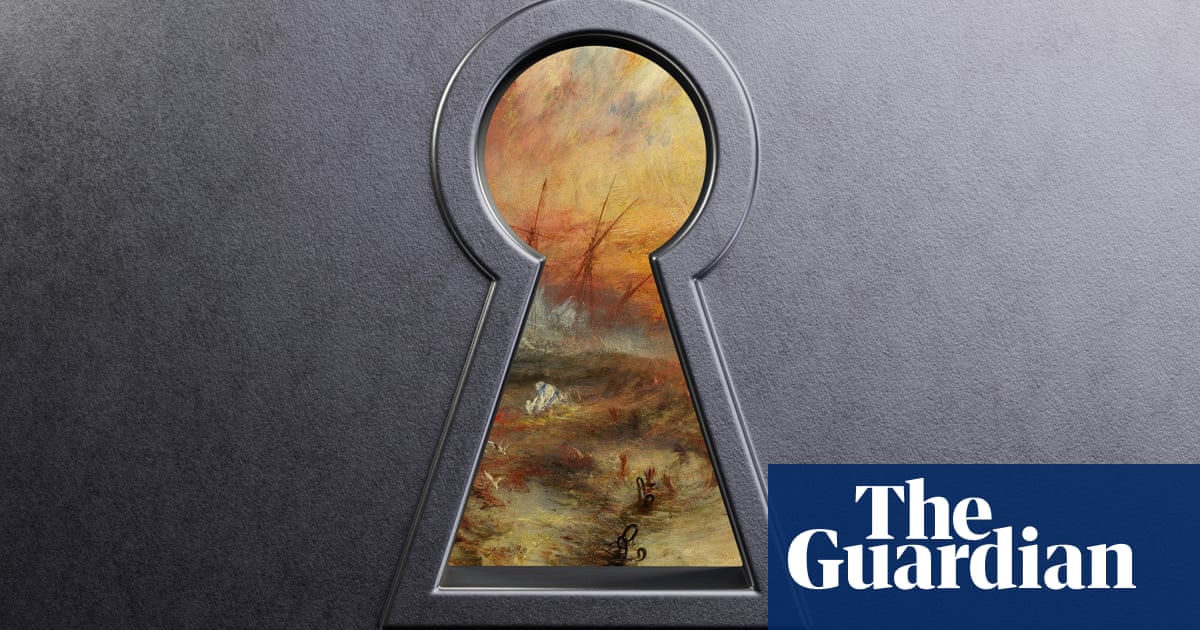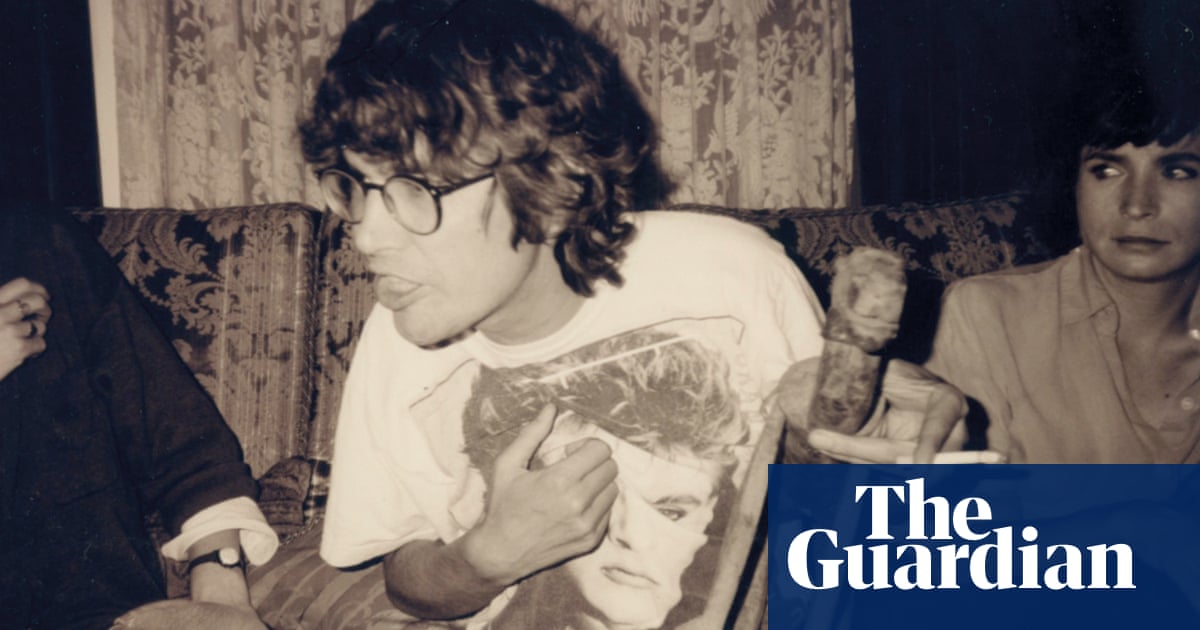
In the summer of 1983, British politics was in a fractious place. In June, Margaret Thatcher’s Conservative government roared to re-election after victory in the Falklands, eviscerating Michael Foot’s Labour party. Within weeks, new chancellor Nigel Lawson announced swingeing spending cuts, despite the fact that more than three million people were out of work and the number was rising. Plans for large-scale privatisation of national industries – the PM’s second-term obsession – were in the works. Britain was about to become Thatcher’s Britain.
That same month, a new government initiative was rolled out nationwide. The Enterprise Allowance Scheme was the brainchild of a Treasury civil servant called Peter Kemp and had been trialled over the previous two years. Despite its bland name, it was a daring concept. If citizens wanted to set up a small business, the government would guarantee an income of £40 a week for up to 12 months, and an escape from dole checkups. If your business plan and a savings test passed muster – and for three-quarters of applicants it did – you were good. For the decade or so that it ran, more than half a million people ended up using it. Many were under 25.
In bald economic terms, the EAS was a mixed success. Detractors said it was a shameless attempt to massage the unemployment figures, and accused it of only helping people who would have become self-employed anyway. Plus, a sixth of the small businesses it funded foundered within 12 months. Defenders pointed to the EAS’s relatively modest cost and the fact that, by the time it wound up in 1991, a large cohort of self-starters, perhaps as many as 325,000, had self-employment work in sectors as varied as agriculture, manufacturing, construction and “micro-computing”. This was the stakeholder economy in action. Lawson crowed: “If you reward enterprise, you get more of it.”
There was one unlikely side-effect, almost certainly unplanned by Treasury mandarins – the birth of an entire generation of British creatives. Successful EAS alumni included Alan McGee of Creation Records, Laurence Bell of Domino, and Julian Dunkerton, who founded Superdry; musicians such as Jarvis Cocker and Shaun Ryder; artists including Tracey Emin, Jeremy Deller and Edmund de Waal.
Forty years after the scheme was rolled out, it’s a faintly astonishing thought: would Britpop and the YBAs have happened without a hardline Conservative government? Was Thatcherism, widely detested by the arts establishment, actually good for culture? When I put these questions to the artist Rachel Whiteread, she chuckles. “Yeah, it’s a little bit strange, the whole thing. I don’t think they had a clue what would happen.”
Whiteread was an unlikely model capitalist. Born into a red-ribbed Labour household in Essex, she was 16 when Thatcher came to power. After art school, she did odd jobs to fund her early exhibitions in 1987 and 88, including as a painter-decorator, a film prop assistant, and working in restaurants and bars. “Multi-talented,” she says wryly.
When she heard about the EAS, Whiteread jumped at the chance. “All you needed was a downpayment, and to attend some kind of induction day.” What was her business plan? “I think I said I was going to be a self-employed artist.”
It proved to be transformative. Whiteread now had the ability – crucially – to rent a studio, which enabled her to begin making the large-scale sculptures and casts she had become interested in. The living-room-sized Ghost came in 1990. “It was hugely valuable, getting the space. I wasn’t trying to make money; I was just trying to find a way of making work.”
For the film-makers (and twins) Jane and Louise Wilson, the scheme enabled them to leave north-east England, where they grew up, and funded a joint master’s at Goldsmiths art college in London, the seedbed for what became known as the YBA movement. Having experimented with working together at separate art schools, they were now able to embark on a shared artistic career, living and making films in a maisonette in King’s Cross in the early 1990s.
“It was great because it covered your rent, and meant that you could do a little freelance work,” Jane explains. “We were doing things like paint finishing and architectural gilding. You’d work for six weeks, and that’d buy you three in the studio. Enterprise Allowance was a godsend, really.”
“It was actually quite progressive,” Louise chimes in. “It opened things up to people from more diverse backgrounds. Obviously it was for small businesses, but for artists it made a huge difference.”
The songwriter Luke Haines, who found fame in the early 90s with his band the Auteurs, has more sardonic memories. “After art college, I went straight on the dole – that was seen as a mark of artistic seriousness. But you had to prove you were finding work,” he recalls. “Then, straight from heaven, came the Enterprise Allowance Scheme. You went to the bank, said you were doing it and you got a £1,000 loan, just like that!”
What business did he claim he was going to set up? “God knows. People were like, ‘I’m going to make baskets.’ There was some guy who was going to set up a dental-equipment business. Someone else I knew just went travelling for a year.”
The EAS induction day he remembers with particular pungency: “It was like school detention; all the worst people and no-hopers. The guy next to me smelled of solvents and fell asleep at his desk. When he woke up we just smirked at each other. We were like, ‘We’re the new entrepreneurs?’”
Haines boasts that he somehow managed to get on the scheme twice. Was taking Thatcher’s money a means of sticking two fingers up at her? “Oh, for sure. She was the devil. I don’t think we thought of it as scrounging, but I’m sure that was part of it. Everyone wanted to get one over on her, really.”
Nonetheless, even Haines admits that the paradox runs the other way too: “When I did my last EAS, that was when the Auteurs got signed. I was writing songs and recording that year. It was creative, without a doubt.” He pauses. “But I still think they did it just to massage the unemployment figures.”
David – now Lord – Willetts, who in the mid-1980s was a young adviser to Nigel Lawson and on a meteoric rise through the Tory party, begs to differ. While he wasn’t directly involved in early discussions about the EAS, he insists it wasn’t intended as a way of cooking the books. “Mrs T wasn’t into wheezes, really,” he declares. “If you’d presented it as that, you’d have got short shrift. She liked the idea of get-up-and-go, encouraging entrepreneurialism. The benefits bill was surging so much that you could justify relatively modest schemes like this. I’m sure that’s how it was sold to her.”
Did anyone in the Treasury or at No 10 clock that so many creatives were using and – sometimes – abusing it? “I heard those stories at the time, and nobody was shocked. No one shut it down.”
In almost every other way, of course, Thatcher’s world was hostile to artists – one reason for the bitter animus against her. Arts Council funding was progressively cut through the 1980s; museums and galleries were pressured to seek commercial sponsorship; the cultural activities of left-leaning councils and the Greater London Council were targeted, quite apart from strident attacks on everything from homosexuality to immigration and, later, the EU. Cultural resistance built and built, especially in music, from Billy Bragg’s anthems to the Jam’s Town Called Malice to Morrissey’s Margaret on the Guillotine, to endless pieces of theatre and agitprop art. Even EAS recipient Deller would later restage the Battle of Orgreave .
I ask Willetts whether Thatcher ever cottoned on that she’d nourished Britpop and contemporary art. “She wasn’t prissy,” he says with a laugh. “It wouldn’t have been her taste in music, but she was a fan of anything that made Britain prominent. I’m sure she’d have found their politics juvenile, but as long as they didn’t end up back on benefits, that was fine.”
In other words, if she had realised, she might not have cared that much. Occasional dinners with luminaries such as Tom Stoppard aside, her lack of engagement with the arts was notorious. Willetts laughs again: “I can remember one excruciating supper with her in the Downing Street flat when a group of us tried to talk to her about current films – to brief her, really. She wanted to get back to her red boxes or discuss benefit reform. It wasn’t that she was hostile; her mind was just full.”
Forty years on, those who participated in the EAS agree that one of the reasons it succeeded – at least for artists – was that it was so light-touch. “It was far less complicated,” argues Whiteread. “You weren’t having to do a ton of paperwork; you could just get on with it.”
“It’s so much harder now,” says Jane Wilson. “All the art school students are running part-time jobs alongside their master’s courses, because it’s the only way to make it happen. They have so little time.”
Compared with the means-testing hoops and merry-go-rounds of contemporary benefits such as universal credit and jobseeker’s allowance, the EAS was almost laughably simple – trusting that, given the opportunity and some seed cash, many people would do something interesting, or at least do something. “People did use it,” says Haines. “Even the ones who maybe didn’t intend to.”
In some ways, it even foreshadows a social welfare concept that has grown increasingly fashionable in recent years: universal basic income. The strangest paradox of all might be that Thatcher, who believed in small government with missionary zeal, created a scheme that quietly did the opposite, handing out cash with very few strings attached. “That’s something we can learn from today,” Willetts says.
For Whiteread at least, it really did help her get started, enabling her to lay the foundations of a career. “I don’t think they ever intended to support the arts, but it ended up being quite successful,” she says. “And in terms of being a business, that was true for me too. I started doing my own accounts and just carried on.”
So she really was a Thatcher success story? “It sticks in my throat to say that, to be honest,” she says, with a slightly bitter laugh. “But in a way I was.”












